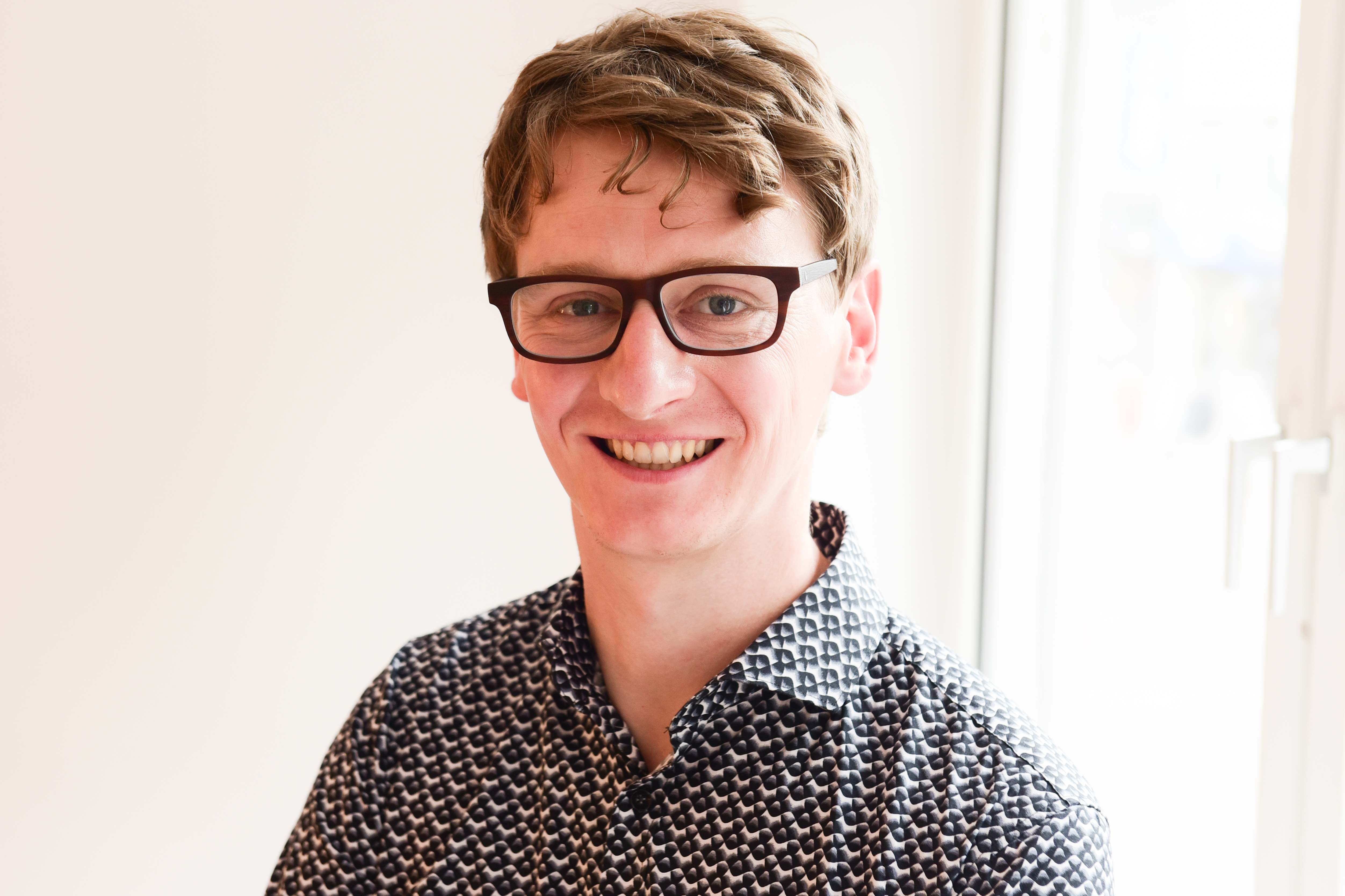
About
I am a computational astrophysicist studying dust in supernova remnants and in the interstellar medium. As a postdoc in the Department of Physics & Astronomy at Ghent University , I investigate the transport, destruction and growth of dust in a moving gas. In the past, I also worked on dust in circumstellar discs and on optical properties of non-spherical dust grains.
My research
The focus of my research is the evolution of dust in the presence of shocks occuring at supernovae explosions. Dust grains in the clumpy ejecta of supernova remnants have to pass the reverse shock before
they can be ejected into the ISM, while ISM dust is processed by the forward shock blast wave of the supernova.
In this context, I have developed the dust-processing code Paperboats (Kirchschlager et al. 2019,
2023) which allows
to investigate the dust transport, dust destruction by sputtering, vaporization or fragmentation, and dust growth via coagulation, gas accretion or ion trapping.
Furthermore, I am involved in observations done with telescopes like the James Webb Space Telescope (JWST) and the Very Large Telescope (VLT).
In the last couple of years, I have also worked on both observational and theoretical projects in the field of protoplanetary and debris discs using near- and
mid-infrared observations and 3D radiative transfer simulations. In particular, I am an observer and modeller of hot exozodiacal dust around main-sequence stars.
Beyond that I studied for several years the influence of dust properties like grain porosity and grain shape on the intensity and polarisation of circumstellar discs.
Recent highlights
Last publications
Last publications
31.1.2024 Dust destruction at different evolutionary stages: In Kirchschlager et al. (2024a) we study the dust destruction in the expanding ejecta of the supernova remnant Cassiopeia A. The survival fraction is found to depend strongly on the remnant age.
7.2.2024 Dust destruction in the magnetized turbulent ISM. In Kirchschlager et al. (2024b) we show simulations of supernova-induced dust processing with realistic ISM dynamics and demonstrate how ISM inhomogeneities and magnetic fields inhibit dust destruction.